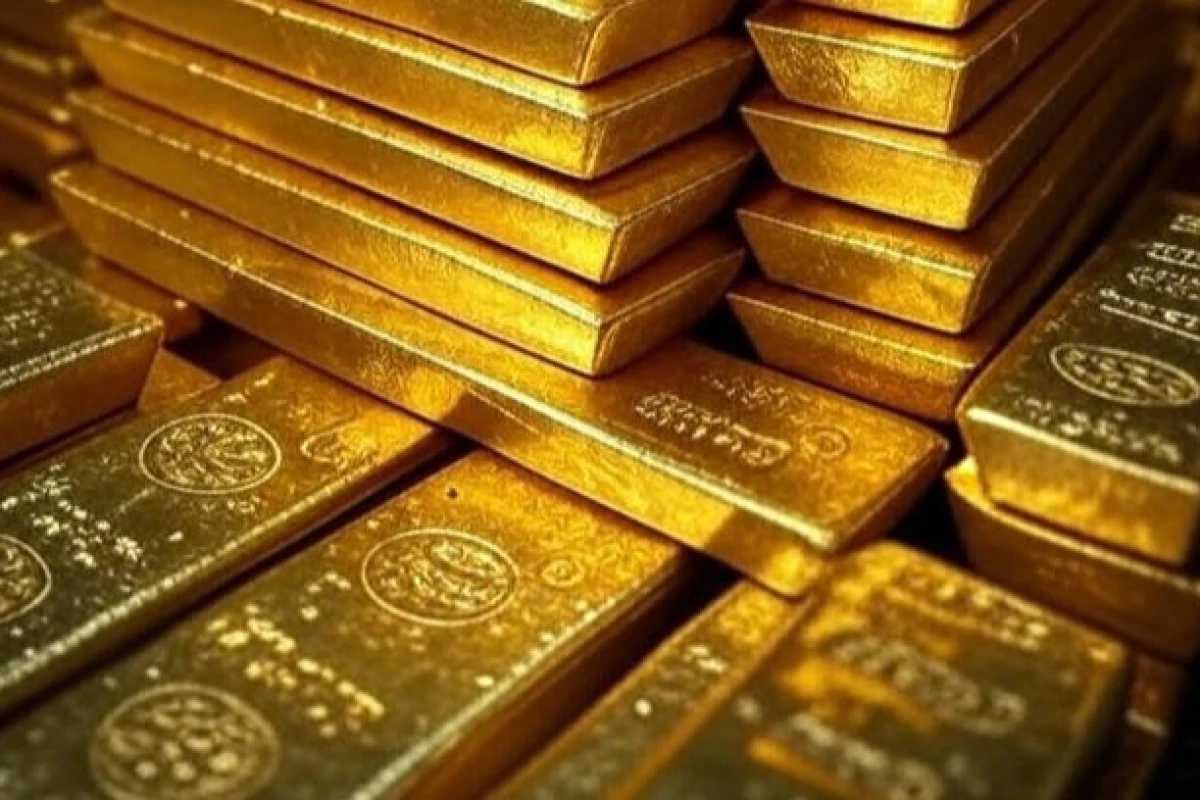The dream of the ancient alchemists may come true as Marathon Fusion announces that its tokamak fusion reactor technology can turn common mercury into gold as a byproduct of fusion operations in quantities that would make Auric Goldfinger blush.
Since the days of the ancient Greeks, practitioners of alchemy pursued the goal of learning how to make the fabled Philosopher's Stone that would allow them to turn base metals like lead, tin, iron, copper, and mercury into gold. Using techniques that mixed crude chemistry with esoteric metaphysics, it was an exercise that was as much a seeking of spiritual enlightenment as a get-rich-quick scheme.
However, though they made many discoveries and formed the foundations of modern chemistry, the only gold these alchemists created was what the more unscrupulous among them could con out of greedy backers with dreams of avarice.
In the 20th century, physicists cracked the secret of transmutation using the power of the atom, but the amount of gold produced in the laboratory was so minuscule and the process so expensive that it was hardly worth the effort.
Today, chrysopoeia, as the process of transmutation is called in more refined circles that have an aggravating desire to make people reach for the dictionary, may become a practical reality. And like many technological advances these days, it's the side benefit of another creation.
According to Marathon Fusion – a company dedicated to the development of fusion energy components – a tokamak fusion reactor can not only produce limitless clean energy, but five tonnes of gold out from mercury for every gigawatt (~2.5 GWth) of electricity generated.
Put simply, the method is similar to one proposed to allow reactors to manufacture their own tritium fuel. This is done by lining the reactor vessel with a layer of lithium. When the lithium absorbs a neutron from the fusion reaction, it splits into an alpha particle and a tritium atom. If you replace the lithium with the very common mercury-198 isotope (or better yet, a lithium/mercury alloy), a fast neutron will turn it into unstable mercury-197. This then undergoes an electron decay that turns into (ta da!) gold-197. Oh, and there's tritium as well, if you're using the alloy.
In a recent preprint paper still awaiting peer review, Marathon scientists suggest using mercury that has been enriched to 90% of the desired isotope for the best reaction results. After being exposed to the reactor, the amalgam can be treated chemically to separate the gold. Since gold is a nearly inert noble element, this is a relatively simple process.
As to the economics, since gold is now selling for US$3,388.50 per troy ounce, five tonnes per year works out to US$544,792,869.75. That would defray a lot of reactor operating costs with enough left over for a very nice lunch with a bottle of Pol Roger Brut Champagne 1982 to wash it down.
Source: Marathon Fusion





